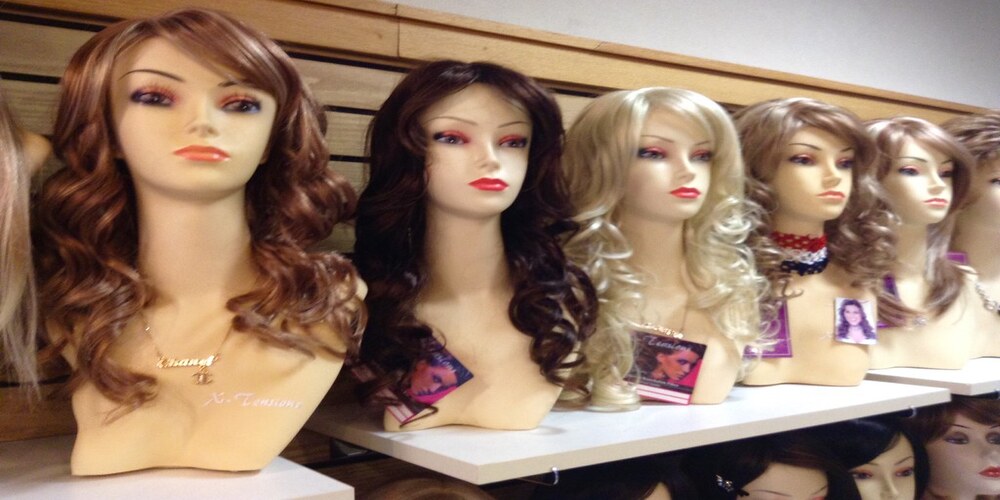You don't have to be revered with naturally lush locks to have a lovely head of hair. So, thanks to the sorcery of wigs, anyone can oblige their dream look a fact—all it takes is expecting the suitable types of rug for your unique style. However, it still can get alarming to use for beginners, as they feel a bit hesitant. So, If you’re new to wearing extensions, you won’t simply know which one will look perfect on you. Or you may also fret about hiding the verity that you’re wearing fake hair.
Keep scanning to find your perfect fit, whether it is your first wig or fifth. Moreover, at the end of this blog, We'll 100% ensure that you don't just grab a wig; you get a wig that's perfect for you! Hence, to save you the migraine of research, we've assented honey blonde wig for you.
Categories of Wigs
If you've been browsing wigs online, you've probably experienced many extensions in the mart. So, it becomes straightforward for you to shop for wigs of your selection. Some categories are listed below;
- Lace Wigs
- Monofilament Wigs
- Combination Wigs
- Capless Wigs
- Polyurethane Thin Skin Wigs
Lace Wigs (Full Lace and Lace Front)
Lace wigs are among the most frequent choices of all types. These hairpieces feature a mesh "lace" base that is bluff to help them adjust to the color of your skull when you wear it.
The wig's hair fibers are fetter individually to the sharp lace material for a more natural look that proceeds like your natural hair. In lace wigs, you can select from full lace wigs and lace front wigs.
Pros
- Very natural complexion
- It grants you to part and style hair off the face because of a natural hairline.
- It makes high pigtails and beehives possible (full lace)
- Lightweight, comfortable, and breathable
Cons
- More expensive than basic cap-free wigs
- Some lace wigs may need customization before wear
- It can be challenging to detach adhesive residue or lace tape
Monofilament Wigs
Monofilament wigs are similar to lace wigs, but there are key differences. In monofilament extensions, every pelt fiber is tied to the wig base to mime how hair naturally breeds from the scalp.
Each hair fiber may be fixed by hand (100% hand-tied), or the wig may hallmark a crown area or hand-tied top. Moreover, Like lace wigs, the monofilament wig base matter is sheer, thin, and gauze-like, but this wig type is much more resistant than a lace base.
Pros
- Additional protection for subtle scalps
- Sturdy monofilament mesh is long-lasting and durable
- Lightweight, chilly material for comfortable wear
Cons
- More excessive due to the hand-tying process
- Thinner overall volume and density with fewer hair fibers
Combination Wigs
Combination wigs hallmark machine-sewn wefts ( strips or sections of wig hair fibers) in combination with calculated-placed hand-tied hair fibers for a more reasonable alternative to 100% hand-bind wigs. Only the most visible areas in combination wigs give a natural look and effect.
Pros
- A most reasonable alternative to 100% hand-tied extensions
- Benefits of monofilament wigs without the high price
- Somewhat breathable and lightweight
Cons
- Less natural look than 100% hand-tied wigs
- Not ponytail or updo friendly
Last Words
There are varieties of extensions. Yes, you must be conscious of their differences, but it's even more salient that you find out what genre looks best on you. Also, keep a few factors such as wig length, cap size, texture, color, and face shape in mind while selecting a wig.


